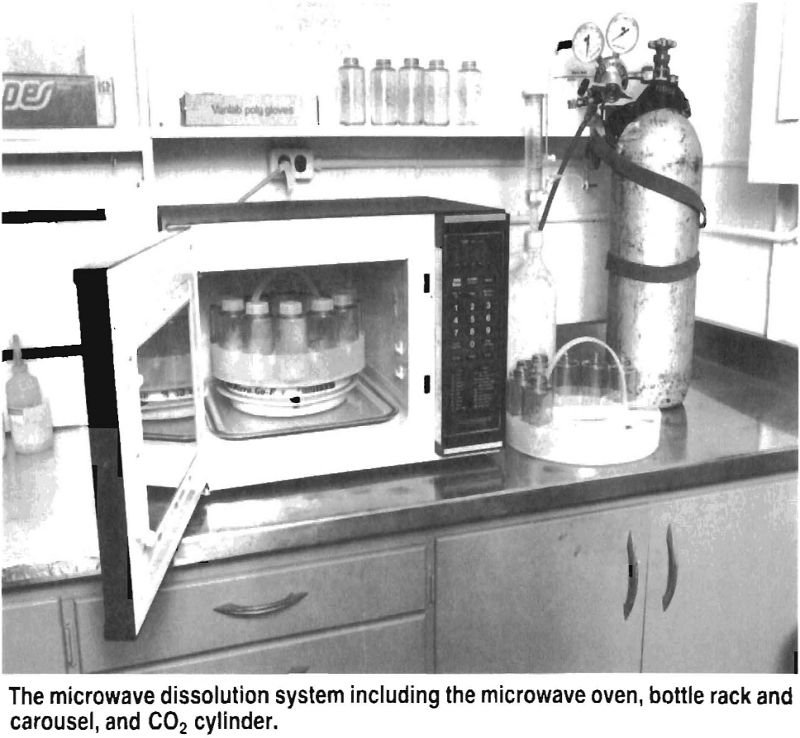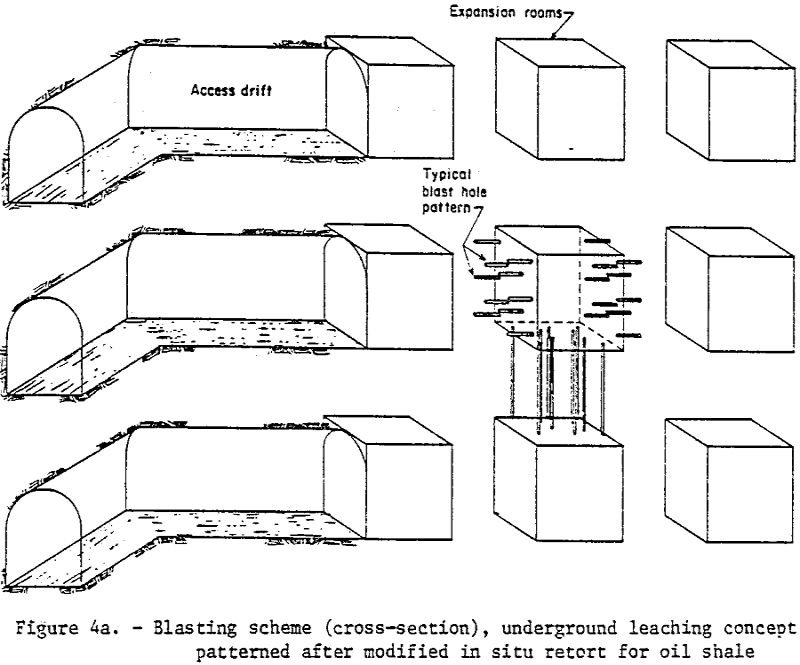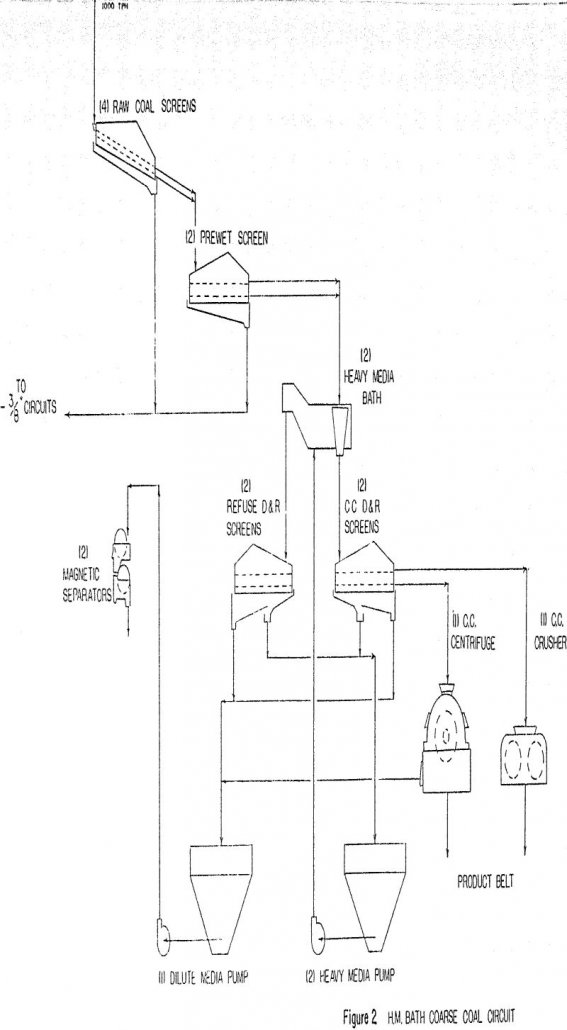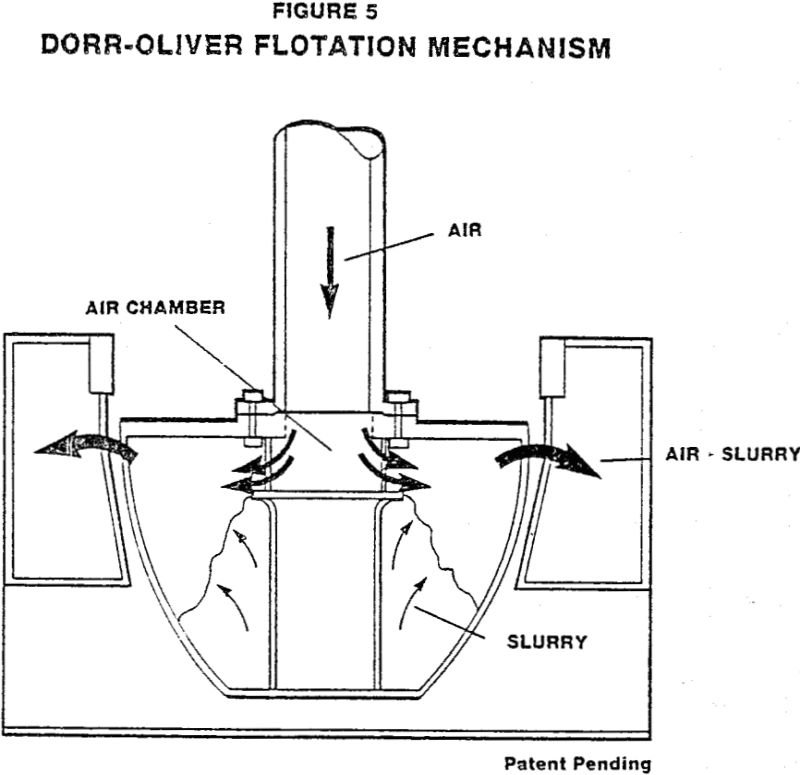Photometric Ore Sorting

The primary objective of ore sorting is the separation of mineralized ore from waste or low-grade material, early in the concentration cycle. The concept of applying automated ore sorting techniques has been recognized for same years, but limitations in technology has meant that, until recently, manual sorting was the oily practical sorting technique available. The […]
Filter Design to Reduce Filter Cake Moisture

Factors Influencing Filter Cake Moisture Content The -28 mesh coal fraction has a major influence on the coal preparation plant product. This is due to the much higher specific surface area of this fraction which of course is filmed with water (unless themally dried). While 15-25% of the plant product might be -28 mesh, proportionate […]
How to Reduce Risk in Mineral Processing Plant Design

Assuming that ore grade is on target, the milling rate is the most significant parameter, next to mineral recovery, which is watched closely by senior executives and financial managers. It governs the sales of the mining company in terms of pounds or ounces of metal sold. If recovery is not impaired by increasing throughput, then […]
Acid Dissolution of Metal & Mineral Samples by Microwave

Objective Reduce the time, complexity and expense of dissolving metal and mineral samples in solution in preparation for chemical analysis. Approach In earlier research, the Bureau of Mines developed a rapid and inexpensive method for the dissolution of mineral and metal samples in plastic pressure bottles heated in a boiling water bath. Using this technique, […]
Leaching Manganese

Domestic mines account for a mere 2 pct of the manganese consumption in the United States. Although plentiful supplies of manganese are readily available from several foreign countries, the Nation’s vulnerability to sudden cessation of foreign shipments plus the current trade imbalance has stimulated a renewed search for economic methods of producing manganese from domestic […]
Large Vibrating Screen Design & Maintenance

Large vibrating screens represent a unique challenge for Manufacturers, Plant Designers, and Plant Operators. The inherent mode of operation for vibrating screens is self-destructive. More often than Manufacturers admit, Designers plan for, or Operators staff for, a vibrating screen succeeds and self-destructs. This is a problem. It can magnify with larger vibrating screens. Design and […]
Jigs & Coal Preparation

Traditionally in coal processing jigs have been used to clean the coarse coal fraction, the +3/8″ or +¼” material. Today with the advent of modern fine coal jigs in the United States, its place was moved from the coarse to the intermediate coal circuit, the 3/8″ x 100 mesh. Recent theoretical performance and […]
Ferric Chloride Leaching

Primary lead is commercially produced from lead sulfide concentrates by a smelting process consisting of sintering, blast furnace reduction, and refining. The pyrometallurgical method is low cost and requires relatively little energy, but generates gaseous sulfur dioxide and particulate lead, which must be controlled to prevent air pollution. Because of the difficulties in meeting regulations […]
Large Flotation Cell Mechanism

The development of larger size flotation machines, which started in the 1950’s and 1960’s, is still proceeding. The largest mechanical flotation machines available today have unit volumes in the range of 38.2 to 43.9 m³ (1,350 to 1,550 cft). Designs for mechanical flotation .cells of unit volumes as large as 70.8 m³ (2500 cft) are […]
Hydrosizing Industrial Minerals

The unit consists of an elongated box set on end, with the height being approximately 3 to 4 times greater than the base width. A baffle plate is secured inside the box at the bottom and sides and at an angle so as to leave a small opening at the top. The baffle rises to […]
